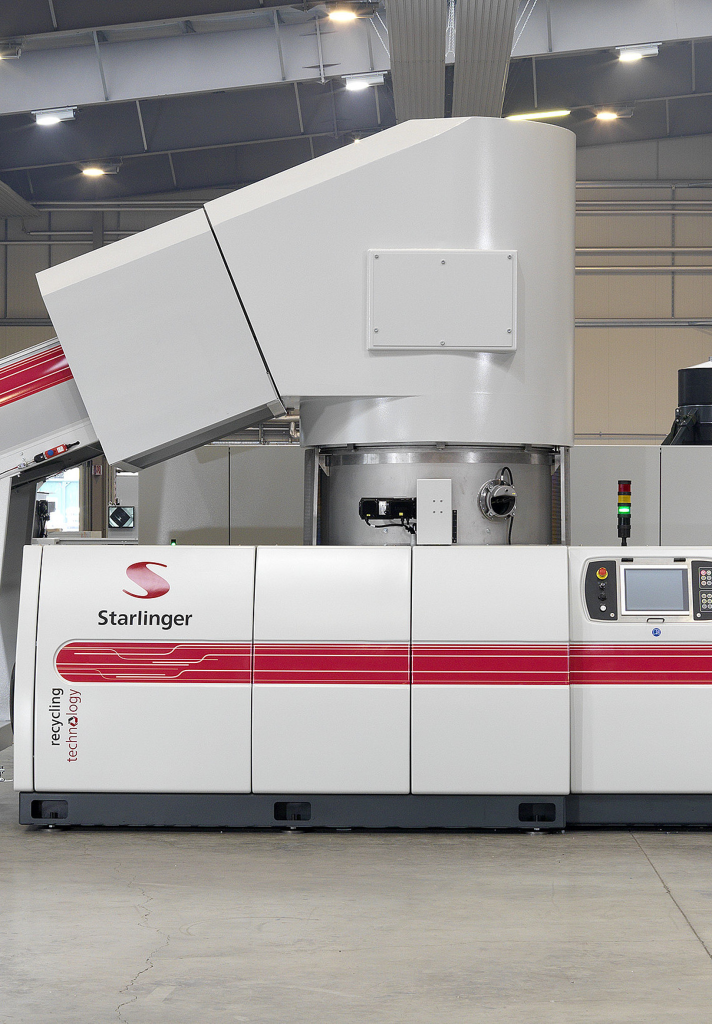
“Why are polypropylene (PP) bags becoming the cornerstone of modern storage and logistics across industries like agriculture, construction, and retail?”
The answer lies in three transformative advantages: unmatched customization capabilities, superior durability-to-weight ratios, and alignment with global sustainability mandates. For VidePak, a global leader in PP bag manufacturing with 30+ years of expertise, these factors enable clients to reduce storage costs by up to 30% while enhancing brand visibility through tailored designs.
1. Customization: Meeting Diverse Market Demands
1.1 Functional Design Adaptations
VidePak’s PP bags are engineered to address sector-specific challenges:
- Valve Customization: Precision-designed valves (50–100 mm diameter) enable rapid filling of powdered chemicals or grains, reducing spillage by 45% compared to standard openings.
- Ergonomic Handles: Reinforced polypropylene handles with 15 kg load capacity streamline manual handling in retail environments, as demonstrated in a 2024 trial with a European supermarket chain.
- Ventilation Perforations: Micro-perforations (≤2 mm) in agricultural bags reduce condensation, cutting mold-related losses by 25% in tropical climates.
1.2 Aesthetic and Branding Flexibility
Starlinger’s 12-color gravure printing systems achieve 120-line/inch resolution, enabling QR codes and UV-resistant logos. A 2024 project for a U.S. organic flour brand saw a 20% sales boost after switching to custom-printed PP bags.
2. Material Innovation and Quality Control
2.1 High-Performance PP Resins
VidePak sources ISO 9001-certified PP resins with:
- Melt Flow Index (MFI): 4–8 g/10 min (ASTM D1238) for uniform extrusion.
- Tensile Strength: ≥25 N/mm² (ISO 527-2), critical for 50 kg chemical loads.
- UV Stabilization: BOPP lamination (20–50 µm) blocks 99% UV radiation, extending bag lifespan by 40% in outdoor storage.
2.2 Sustainability-Driven Material Choices
VidePak’s recyclable PP/PE blends align with EU Circular Economy targets, reducing landfill waste by 60%. A 2024 lifecycle analysis showed 40% lower CO₂ emissions compared to multi-material alternatives.
3. Technical Parameters for Optimization
Tailoring PP bags requires balancing six key factors:
| Parameter | Function | VidePak’s Recommendations |
|---|---|---|
| Grammage | Balances cost and load capacity | 90–150 g/m² (25–50 kg loads) |
| Thickness | Determines abrasion resistance | 0.08–0.25 mm |
| Valve Design | Filling speed vs. spill prevention | 50–100 mm diameter |
| Printing Layers | Brand visibility vs. chemical resistance | 4–8 UV-cured ink layers |
| Lamination | Moisture/UV protection | BOPP for outdoor use |
4. Operational Efficiency and Market Trends
4.1 Automated Production with Starlinger Technology
VidePak’s 100+ circular looms and 30 lamination machines enable a 48-hour turnaround for custom orders. In 2024, a project delivering 2 million anti-static PE-lined bags for a Brazilian fertilizer supplier was completed in 30 days, leveraging modular production lines.
4.2 Market Growth and Sustainability Drivers
The global PP resin market is projected to grow at 4.1% CAGR (2024–2030), driven by packaging sector demand. In China, the PP bag market is expected to grow by 8.5% in 2024, fueled by eco-conscious policies and agricultural modernization.
FAQs
Q1: How does BOPP lamination enhance bag performance?
A: BOPP coatings block 99% UV rays and reduce moisture absorption by 70%, ideal for outdoor grain storage. Explore VidePak’s moisture-proof solutions.
Q2: Can PP bags withstand corrosive chemicals?
A: Yes, metallized PE liners achieve ≤0.05% permeability for acids like HCl, validated by ASTM E96 tests.
Q3: What’s the ROI of custom printing?
A: A 2024 study showed a 20% sales increase for brands using QR-code-enabled designs.
5. Case Study: Transforming Agricultural Logistics in Vietnam
A Vietnamese rice exporter reduced spoilage by 40% using VidePak’s 100 g/m² PP bags with micro-perforations and PE liners. The bags’ 8 N/mm² seam strength endured 3,000 km transport, maintaining ≤0.5% moisture content.
For industries prioritizing automation, consider VidePak’s FFS roll bags, achieving 1,200 bags/hour throughput.
Conclusion
In the $110 billion global packaging market, PP bags are not just containers—they are strategic assets for efficiency and sustainability. As VidePak CEO Ray states: “Every customization we deliver is a step toward redefining how industries store and move goods.” By merging Austrian engineering, adaptive design, and rigorous quality control, VidePak empowers businesses to thrive in an era of tightening regulations and escalating consumer expectations.